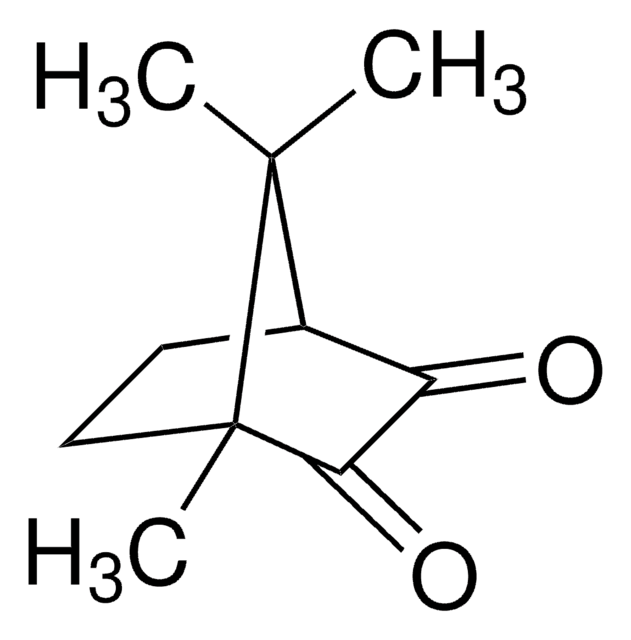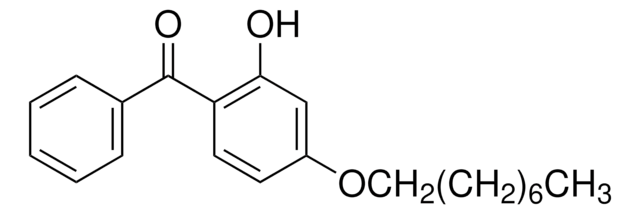759406
Triethylene glycol dimethacrylate
99%, cross-linking reagent polymerization reactions, 200 ppm monomethyl ether hydroquinone as inhibitor
About This Item
Produits recommandés
product name
Triethylene glycol dimethacrylate, contains 200 ppm monomethyl ether hydroquinone as inhibitor, 99%
Niveau de qualité
Pureté
99%
Forme
liquid
Contient
200 ppm monomethyl ether hydroquinone as inhibitor
Pertinence de la réaction
reagent type: cross-linking reagent
reaction type: Polymerization Reactions
Indice de réfraction
n20/D 1.461 (lit.)
n/D 1.4613
Point d'ébullition
170-172 °C/5 mmHg (lit.)
Densité
1.092 g/mL at 25 °C (lit.)
1.074 g/mL
Architecture des polymères
shape: linear
functionality: homobifunctional
Température de stockage
2-8°C
Chaîne SMILES
CC(=C)C(=O)OCCOCCOCCOC(=O)C(C)=C
InChI
1S/C14H22O6/c1-11(2)13(15)19-9-7-17-5-6-18-8-10-20-14(16)12(3)4/h1,3,5-10H2,2,4H3
Clé InChI
HWSSEYVMGDIFMH-UHFFFAOYSA-N
Vous recherchez des produits similaires ? Visite Guide de comparaison des produits
Description générale
Application
- Used as a diluent comonomer in dimethacrylate based dental composites.
- Used as a branching agent in the atom transfer radical polymerization (ATRP) of styrene.
Caractéristiques et avantages
Mention d'avertissement
Warning
Mentions de danger
Conseils de prudence
Classification des risques
Skin Sens. 1
Code de la classe de stockage
10 - Combustible liquids
Classe de danger pour l'eau (WGK)
WGK 1
Point d'éclair (°F)
332.6 °F - closed cup
Point d'éclair (°C)
167 °C - closed cup
Faites votre choix parmi les versions les plus récentes :
Certificats d'analyse (COA)
Vous ne trouvez pas la bonne version ?
Si vous avez besoin d'une version particulière, vous pouvez rechercher un certificat spécifique par le numéro de lot.
Déjà en possession de ce produit ?
Retrouvez la documentation relative aux produits que vous avez récemment achetés dans la Bibliothèque de documents.
Les clients ont également consulté
Notre équipe de scientifiques dispose d'une expérience dans tous les secteurs de la recherche, notamment en sciences de la vie, science des matériaux, synthèse chimique, chromatographie, analyse et dans de nombreux autres domaines..
Contacter notre Service technique












